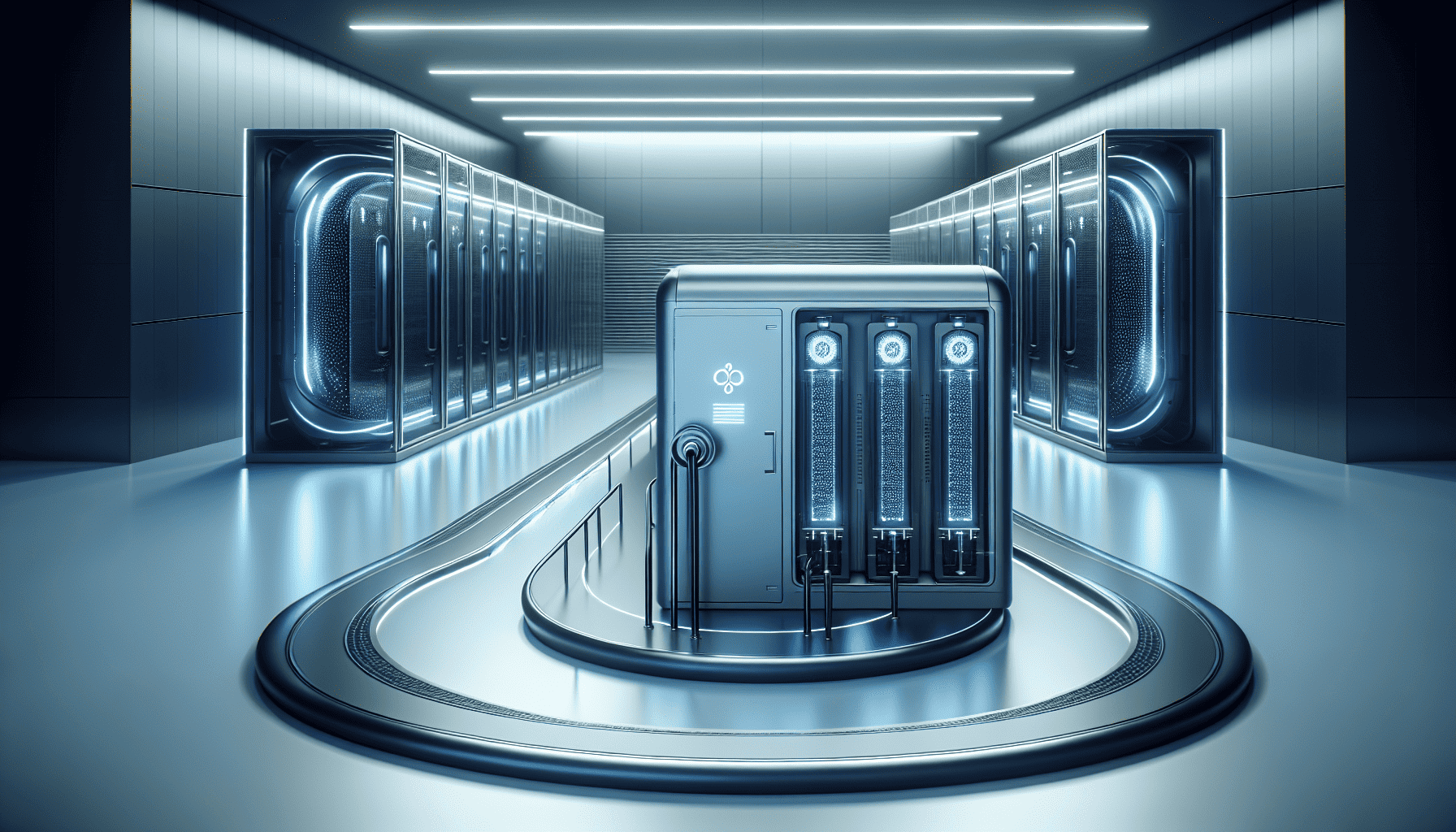In recent years, the quest for efficient and sustainable energy storage solutions has gained significant momentum. With the growing demand for renewable energy and the pressing need to reduce greenhouse gas emissions, researchers and companies worldwide are making strides in developing innovative energy storage technologies. Here, we explore some of the latest breakthroughs in the field.
One of the most promising advancements is in solid-state battery technology. Unlike traditional lithium-ion batteries, which use liquid electrolytes, solid-state batteries utilize a solid electrolyte. This change offers several benefits, including increased energy density, enhanced safety, and a longer lifespan. Companies like QuantumScape and Toyota are pioneering efforts to bring solid-state batteries to the market, aiming to revolutionize electric vehicles (EVs) and consumer electronics.
Another exciting development is the emergence of flow batteries. These batteries store energy in liquid electrolytes contained in external tanks, allowing for easy scalability. Flow batteries are particularly well-suited for large-scale energy storage applications, such as balancing supply and demand on the electrical grid. Their ability to store energy for extended periods without significant degradation makes them an attractive option for integrating intermittent renewable energy sources like solar and wind power.
In addition to these advancements, researchers are exploring novel materials like lithium-sulfur and sodium-ion for next-generation batteries. Lithium-sulfur batteries promise a higher energy density than their lithium-ion counterparts, although challenges related to the material's stability and cycle life remain. Sodium-ion batteries, on the other hand, offer a more abundant and less expensive alternative to lithium-based systems, with ongoing research focused on improving their performance to make them competitive.
Thermal energy storage is also witnessing innovation, with solutions designed to store heat and cold effectively. Technologies such as molten salt storage and phase change materials are being developed to capture excess energy generated by renewable sources and release it when needed. These systems have the potential to significantly enhance the flexibility and reliability of clean energy systems.
Moreover, advancements in hydrogen storage and fuel cell technologies are opening avenues for clean energy transportation and industry. Hydrogen, as an energy carrier, can be produced by electrolysis using renewable power and later converted back into electricity or used as a fuel. Improvements in storage methods, such as metal hydrides and high-pressure tanks, are making hydrogen a more viable option for widespread adoption.
The convergence of artificial intelligence and energy storage is also worth noting. AI algorithms are being employed to optimize charging and discharging cycles, predict maintenance needs, and improve overall system efficiency. This integration can lead to smarter energy management systems capable of dynamically responding to changing grid conditions and consumer demands.
These breakthroughs highlight a pivotal moment in the energy landscape, where technology is enabling a transition to more sustainable energy practices. As these storage solutions become more viable and cost-effective, they will play a crucial role in facilitating the global shift towards clean energy, aiding in the fight against climate change and contributing to a more resilient and sustainable energy future.
